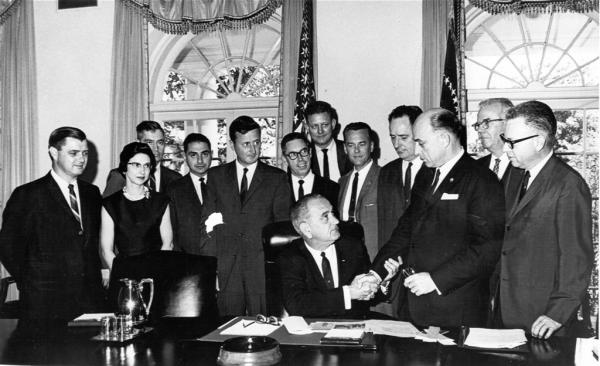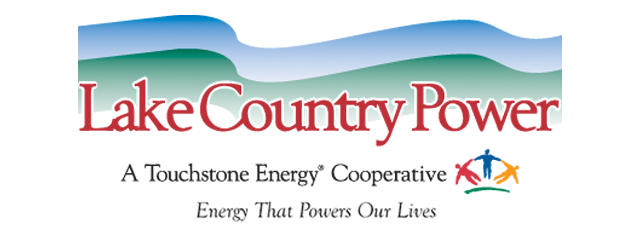The Great Effort of Bringing Power to the Countryside
Electric cooperatives are private, independent electric utilities, owned by the members they serve. Democratically governed businesses, electric cooperatives are organized under the Cooperative or Rochdale Principles, anchoring them firmly in the communities they serve and ensuring that they are closely regulated by their consumers.

Electric cooperatives were created after President Franklin D. Roosevelt established the Rural Electrification Administration (REA) in 1935. The Executive Order establishing the REA and the passage of the REA Act a year later marked the first steps in a public-private partnership that has, over the last 80 years, bridged the vast expanse of rural America to bring electric power to businesses and communities willing to organize cooperatively and accept responsibility for the provision of safe, affordable and reliable electric power.
Today more than 900 electric cooperatives power Alaskan fishing villages, dairy farms in Vermont and the suburbs and exurbs in between. They provide reliable and technologically advanced service to 42 million Americans while maintaining a unique consumer-focused approach to business.







